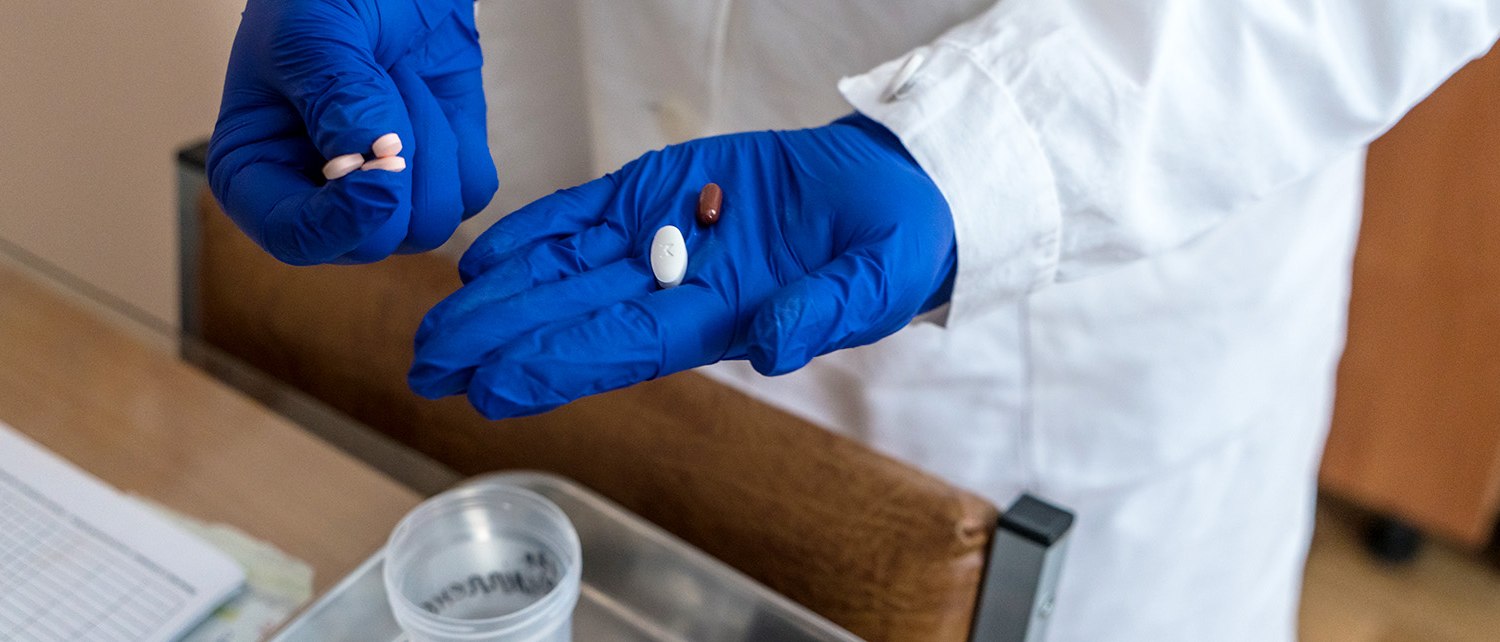TB Alliance urges world leaders to unleash the power of science and the best qualities of humanity to end TB.
In spite of all the headwinds that COVID-19 has presented, there have been tremendous advances in the treatment of tuberculosis (TB) achieved in the past few years, including improved cures for latent infection, drug-susceptible, and drug-resistant TB.
Thanks to long-term investments in TB research and development, virtually all cases of drug-resistant TB can now be treated with similar timelines and results as for drug-susceptible TB. That means: six months of treatment with three oral drugs, and a 90% cure rate. Furthermore, this treatment is 40-90% cheaper on a per patient basis and is estimated to save over $740 million per year compared to standard therapy from not that long ago.
That savings will free up critical resources for thinly stretched healthcare systems in high-burden countries. It also underscores how cutting-edge science can produce not only marked improvements in results, but also at a reduced cost.
While this novel treatment for DR-TB is now prioritized by WHO and is being taken up at a rapid pace in several countries, we can and must do better at ensuring rapid and equitable uptake on a global basis.
We fully endorse WHO’s call to action issued in March and strongly urge world leaders to ensure that all eligible patients worldwide start receiving this treatment by 2024.
However, despite such advances, if we are to end TB, we must do even better. And it is eminently possible and even highly likely that treatment of all forms of TB, from latent infection to drug-sensitive TB to drug-resistant TB, can be significantly further improved, but only if more resources are made available. The major impediment to transformative innovation is a lack of adequate funding for research and development.
A substantial boost in TB research funding to $5 billion per year, fueled by contributions from LMICs in addition to HICs, would produce dramatic results in achieving the goal of ending TB.
That could bring about the vaccines, diagnostics, and treatments that together could finally eradicate the age-old scourge of TB from the face of the earth.
It is within our collective power, through ensuring adequate funding for innovation and health system strengthening and access to universal health coverage, to eliminate tuberculosis.


